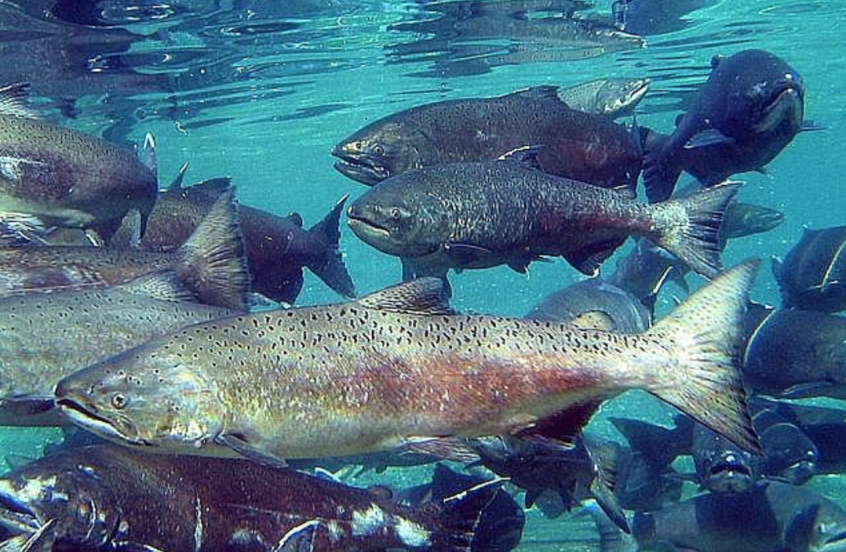Recognizing the power of collaboration with an eye toward a future where salmon recovery efforts throughout Washington state are successful, representatives from state and local governments, privately-owned forestlands, federal agencies and tribal communities convened in Tacoma this week to discuss the important work of restoring salmon populations.
The 7th biennial Salmon Recovery Conference, which also coincided with the 20th anniversary of the passage of the Salmon Recovery Act, often referred to as the Forests and Fish Law, provided an opportunity for stakeholders to celebrate the progress that has been made in restoring salmon habitat and to share information to better improve upon salmon recovery efforts.
Cited in an article published in The Daily Chronicle, Washington Department of Ecology Director Maia Bellon said:
I’m encouraged that 20 years after passage of the Salmon Recovery Act, our commitment to recover Washington’s wild salmon runs is just as strong today, with growing public support in also protecting our at-risk orcas. We’re proud to partner with the Recreation and Conservation Office in this conference and applaud their leadership.
Among the central themes of the Salmon Recovery Conference was that restoring salmon is a shared responsibility and that salmon are integral to the region’s history, identity, economy, environment and culture. Working with local, state and federal agencies, the timber industry has proudly helped lead the charge by investing $315 million to remove culverts and rehabilitate forest streams.
As quoted in The Daily Chronicle, Washington Forest Protection Association Executive Director Mark Doumit said:
As a co-sponsor of the Forests & Fish Law in 1999 when I was in the state House of Representatives, I am proud to see this long-term vision at work. Now 20 years later, forest landowners have reopened 5,200 miles of fish habitat by removing 7,900 barriers, and improved their road systems to prevent road runoff from reaching streams — it’s quite an accomplishment.
The Forests and Fish Law is part of the Habitat Conservation Plan, a 50-year land management strategy designed to protect endangered or potentially endangered plant and animal species and their habitats. Guided by science and proven-effective forest practices, the Forests and Fish Law uses the best available data to ensure that the objectives of restoring wildlife habitat and protecting water quality for fish and wildlife are being met.
According to Kaleen Cottingham, Director of the Recreation and Conservation Office, home to the Salmon Recovery Funding Board:
By bringing together our state’s field biologists, engineers and policymakers, we’re providing a forum for information sharing and networking that’s critical to finding solutions to some of the big problems facing salmon recovery. It’s going to take innovation and collaboration to build up salmon to sustainable levels so they can support our environment, our economy and those who rely on them, including our beloved southern resident orca whales.
There is no doubt that the challenges facing the southern resident orca whales in the Salish Sea have attracted media and public attention, further underscoring how reduced salmon populations impact the region. Said Washington Department of Fish and Wildlife Director Kelly Susewind to The Daily Chronicle:
Recovering salmon is perhaps the single most important conservation issue in Washington. The plight of the southern resident orca has highlighted the key role that salmon play in the environment, and it’s encouraging to see so many partners coming to the table with new energy and greater determination. There’s a lot that this agency and others can do to support salmon recovery, and we’re actively participating to ensure that our expertise and willingness to collaborate is helping to turn the dial in a positive direction.
